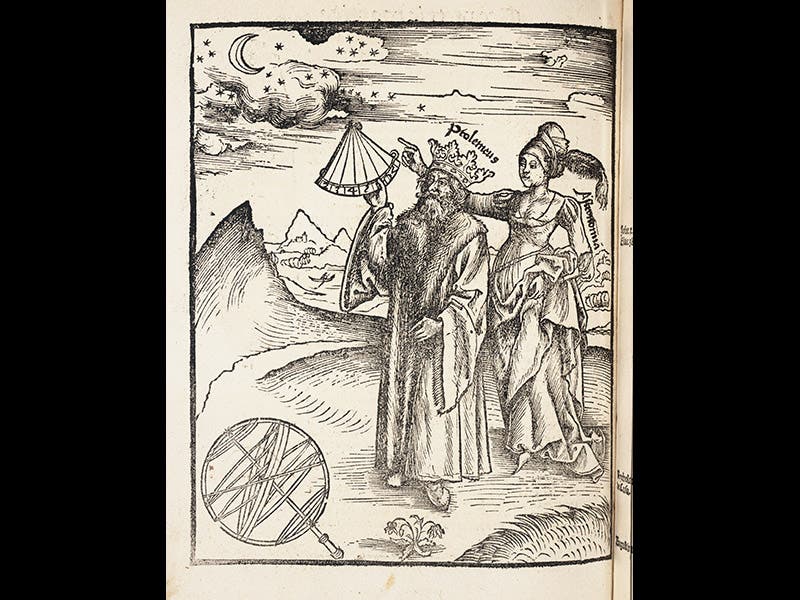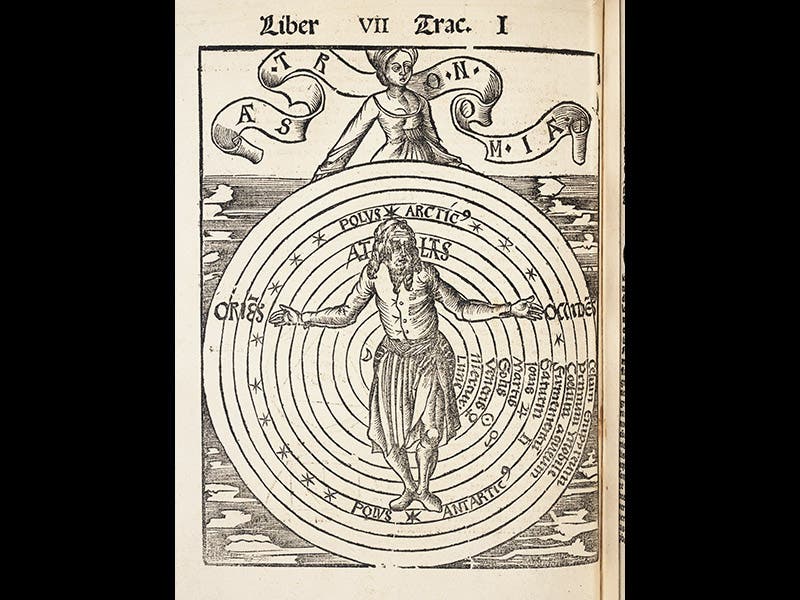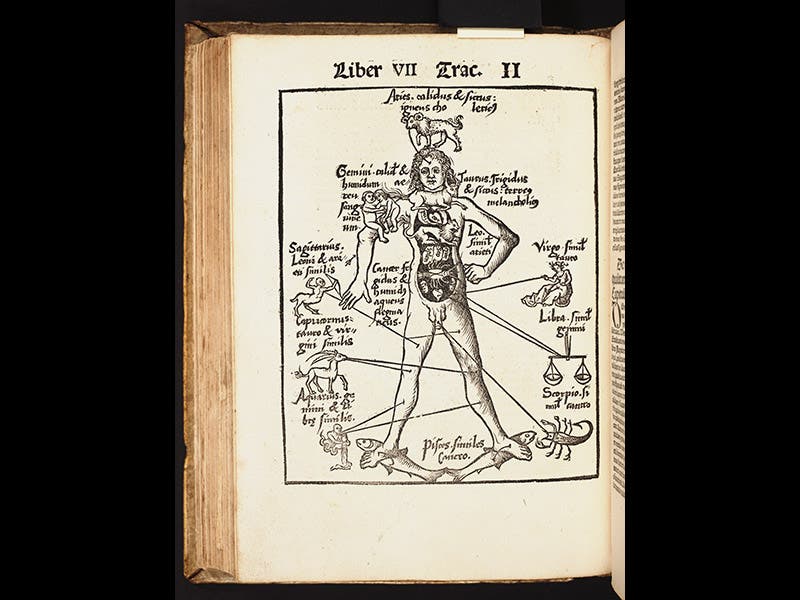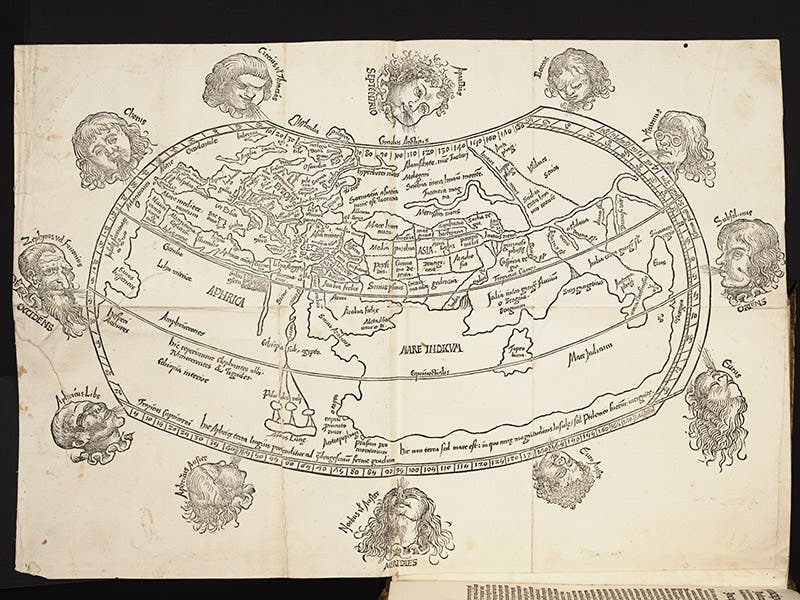Scientist of the Day - Gregor Reisch






Gregor Reisch, a Carthusian monk, died May 9, 1525, at the age of about 58. Carthusians were monastic, and took vows of silence, but were generally intellectually-minded and committed to education, which meant they often wrote books. Reisch contributed to this mission by writing the Margarita philosophica, the Pearl of Philosophy, first published in Freiburg in 1503. It is often called an encyclopedia, but as it was written in dialogue form and was clearly intended to be read as a whole, it might be better termed a compendium on all things. It is organized around the seven liberal arts, which means it starts with grammar, rhetoric, and logic, and then the last chapters are all about science: arithmetic, geometry, music, and astronomy, with optics, natural history, and anatomy thrown in.
The book was extremely popular and was widely used in schools, although it is totally unlike the traditional texts of the time. Perhaps it was the graphic woodcuts that caught and held students' attention. There are many of them, well designed and strongly cut, and they are still often used to illustrate modern studies of medieval and Renaissance culture. The Library owns a copy of the 1517 edition, with all the original cuts. We see above an allegory of Arithmetic, with Boethius and Pythagoras being introduced to Arabic numbers and the abacus (first image), the ancient astronomer Ptolemy being instructed by Astronomia (or vice versa, second image); a geocentric cosmos with Atlas (third image); a zodiacal anatomical man (fourth image), and the ventricles of the brain and the supposed seats of cerebral functions (fifth image). The work also contains a folding world map, purely Ptolemaic and uncontaminated by any discoveries made since 1480 (sixth image).
Since Reisch was a Carthusian, we looked, out of curiosity, through the short section on color in the Margarita philosophica to see if there were any mention of a color exactly halfway between green and yellow. There is not. The modern term for such a color is chartreuse. The name derives from the light-green liqueur, Chartreuse, that was first produced by the Carthusian monks of southeastern France in 1737. The Carthusian motherhouse (Grand chartreuse) is in the Chartreuse Mountains, near Grenoble in the French Alps. The terms Carthusian, charterhouse (the proper word for a Carthusian monastery), Grand Chartreuse, Chartreuse the liqueur, and chartreuse the color (two of them, actually, there is also a chartreuse yellow), all derive from this mountain range. And what are the mountains named after? Not charterhouse, as most sources say--that was named after the mountains. The original meaning, for the moment, is a mystery. Rather like the taste of Chartreuse.
Dr. William B. Ashworth, Jr., Consultant for the History of Science, Linda Hall Library and Associate Professor, Department of History, University of Missouri-Kansas City. Comments or corrections are welcome; please direct to ashworthw@umkc.edu.






